Fear is a strong emotion and for many decades it was used to influence the purchasing habits of the masses. But with technology expanding at an incredibly fast rate, consumers have
so much knowledge that using fear to convince them just doesn’t work anymore.
Here are three reasons why:
1. Fear makes consumers feel depressed
Fear is one of the strongest emotions that humans have — it is what makes people survive. We make use of the fight-or-flight response meaning that either we stay and fight or we run away when danger approaches.
When a consumer is faced with fear,
cortisol is released into their system by the adrenal glands to allow them to respond to the danger that they are facing with — either fight or flight.
Cortisol needs to get out of the body with actual physical movement, but the consumer is seeing your advertising either at work, in the car or on TV, which means that, after being exposed to fear, they will physically not be feeling well. This means that using fear-based marketing can leave your consumers feeling depressed.
However, although they may feel depressed, that doesn’t mean that your marketing efforts will
actually work. For example, cigarette packaging is filled with warnings about the dangers of smoking, but people still smoke.
This is because it helps people deal with stress and depression. Therefore, putting on warning labels and graphic images can make them feel more depressed, leading them to continue smoking because it makes them feel better.
If the packing showed a person running and being healthy with a message saying ‘This could be you, live your best life’, the smokers
might actually start putting down their cigarettes.
Here is an example of fear-based marketing: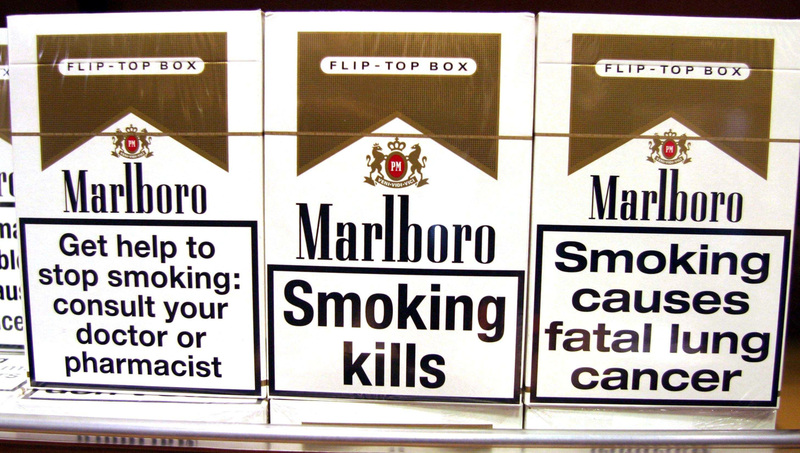 Here is an example of positive marketing:
Here is an example of positive marketing: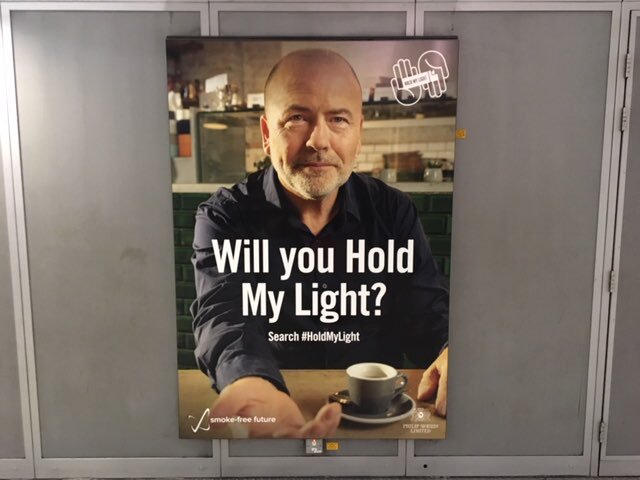
This positive marketing is all about friends helping you to stop smoking. This campaign doesn’t focus on why it’s bad for you, they focus on the fact that it’s easier to stop if you have the support of your friends.
2. Fear-based marketing makes consumers skeptical
We, as humans, already have countless things that we are scared of, so seeing an advertisement that suggests that using sunscreen is easier than getting cancer cut out of your skin isn’t something you’d want to see on holiday. This kind of ad can make the consumer freeze and feel unsure, often leading them to associate your brand with fear and, in this case, cancer.
Instead of creating a link between your brand and fear, you should focus on using a positive approach.
Here is an example of fear-based marketing: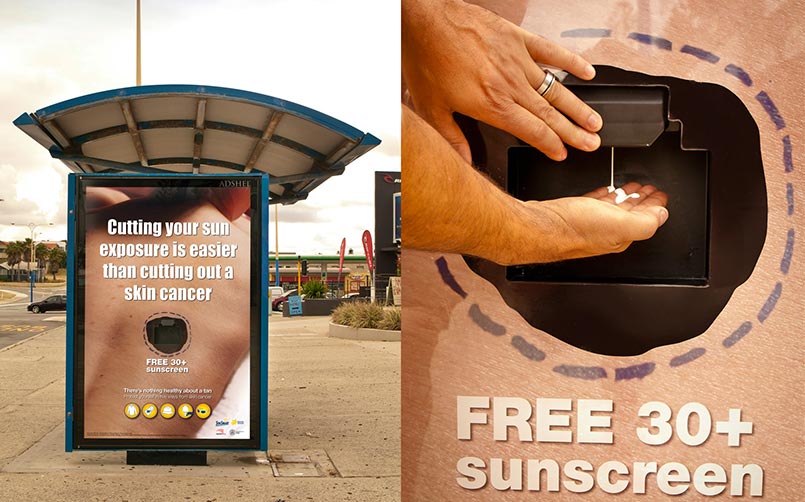 Here is an example of positive marketing:
Here is an example of positive marketing: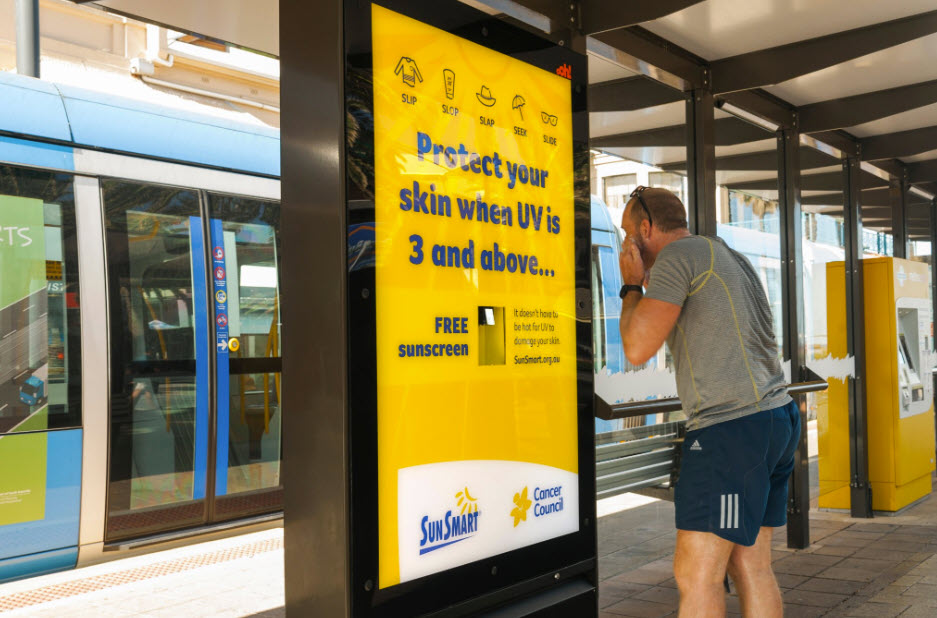
3. Consumers adopt a victim mentality
When you use fear-based marketing, your consumers can fall into the trap of becoming victims. And instead of using that fear to make the change or buy the product, they just feel sorry for themselves.
For example, the World Wide Fund for Nature (WWF) uses fear-based marketing, but this doesn’t stop people from buying single-use plastics. But what it
does do is make people feel bad about buying plastic. This can lead people to fall into a victim mindset because other alternatives are either really expensive or currently non-existent.
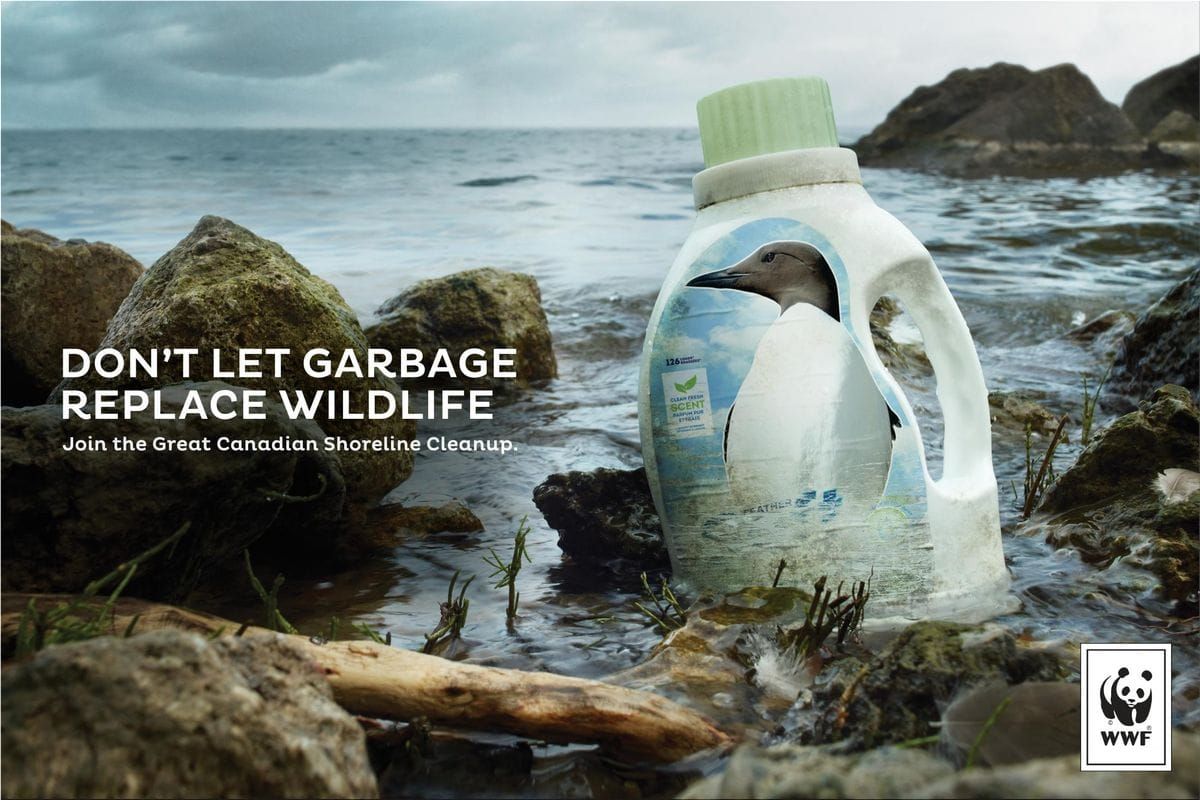
Instead of giving people a solution, fear-based marketing makes them feel bad — and this makes people negative towards it.
What are other reasons why fear-based marketing doesn't work anymore? Let us know in the comments section below.
Wil jy op hoogte bly met die nuutste nuus en tendense? Maak seker om in te teken op ons gratis nuusbrief!
Now that you know that fear based-marketing doesn’t work anymore, be sure to take a look at It’s time to end gender marketing
*Image courtesy of Canva